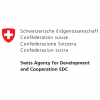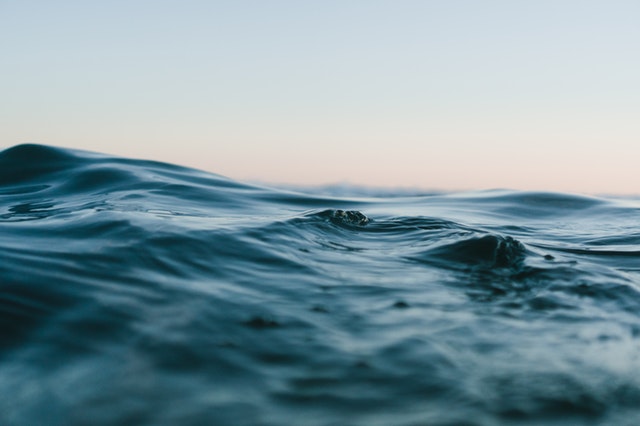Executive Summary
An interview helps to convey the voices of water sector stakeholder - ranging from users over service providers to decision-makers. A phone interview is not very different from a face-to-face interview. In radio broadcasts phone interviews provide all that is needed: the audio. Phone interviews do not require travel and can contribute to raising awareness about concerns of specific interviewees. Many journalists however believe interviewing is simply a matter of asking questions and simply receiving answers (IPI 2013).
Often, little attention is paid to important interview skill. The following section highlight some of the aspects that should be considered for radio interviews.
Introduction
information and news across on the radio. It is used both for current affairs broadcasts and for less formal broadcasts. A telephone interview is not very different from a face-to-face interview. It can be recorded and edited. It can also be conducted live.
What kinds of interviews are there?
- Interviews about current events: obtain information and explain news events.
- Interviews with opinion-makers: obtain the opinion of the interviewee and examine it critically.
- Interviews with persons of interest: obtain information from interesting individuals - this can be entertaining or emotional.
In practice, these various formats often intersect.
Special properties of a telephone interview
It is obviously not possible to interpret non-verbal communication or body language when doing an interview over the phone. This is why the interviewer should try to control where the interview is going.
How is a telephone interview constructed?
The length of an interview depends on the kind of broadcast and format. A standard radio interview lasts between 1:30 and 3:30 minutes.
An interview begins with an introduction, or lead-in, during which the interviewee is introduced; this includes his or her name and function.
Most of the interview consists of questions and answers. The interview is finished with closing remarks or a wrap-up.
A good interviewer is flexible, reacting to the answers and coming up with critical questions that follow on from answers. And this is all done without losing sight of the ultimate goal or angle of the interview.
How does the interviewer work?
The interview topic is to be defined by the journalist - that is, he or she needs to ensure the interview is relevant to listeners and should consider whether the person will be a good aural interviewee. Here, pre-interviewing by phone beforehand is a good idea.
The journalist decides what information is needed. It is important to research the topic and/or the interviewee thoroughly. Thorough research will lead to good suggestions for questions to be asked. It will dictate the nature of the questions and what is to be asked. The questions should be short and to the point.
By posing questions that ask for specific information or answers - such as “yes” or “no” - the interviewer should get concrete, verifiable answers. If the questions are more open-ended, the interviewee is likely to answer in greater detail. A good interview contains a mixture of both kinds of questions.
The interviewee
Some questions to answer:
- Is the interviewee the right person to answer the questions the interviewer wants to ask?
- Is the interviewee the person with the responsibilities - or is he or she simply answering questions on behalf of others (for instance, as a spokesperson)?
- Does the interviewee have an agenda to push? For instance, politicians and businesspeople often have a point they try and get across regardless of what questions are being asked.
How does the interviewer speak?
The interviewer uses normal language and speech. He should not be competing with the interviewee for air time.
Checklist
- Is the topic well defined and is it relevant to the listeners? What is the ultimate goal of the interview?
- Is the interviewee the right person to answer these questions?
- Has the interviewee’s name and function been properly introduced?
- Have the questions been thoroughly researched?
- Does the lead-in introduce the topic in an easy-to-understand and interesting way? What about the closing remarks?
- Will the interview follow a dramatic arc of some kind?
- Is the interviewer well aware of the interviewee’s agenda, if there is one?
Reporter’s Guide to the Millenium Development Goals: covering Development Commitments for 2015 and beyond
Shortcuts to Journalism: The Basics of Print, Online and Broadcast Reporting
When basic questions about journalism come up, this handbook, written and produced by Media in Cooperation and Transition (MICT), provides clear, brief and precise answers. Shortcuts to Journalism isn’t just for journalists – it’s also helpful for non-journalists. Download the English version here or the Arabic version here.
Schmidt, E., Tirok, M. and Bösch, M. (2016): Shortcuts to Journalism: The Basics of Print, Online and Broadcast Reporting. Berlin, Germany: Media in Cooperation and Transition gGmbH PDF

